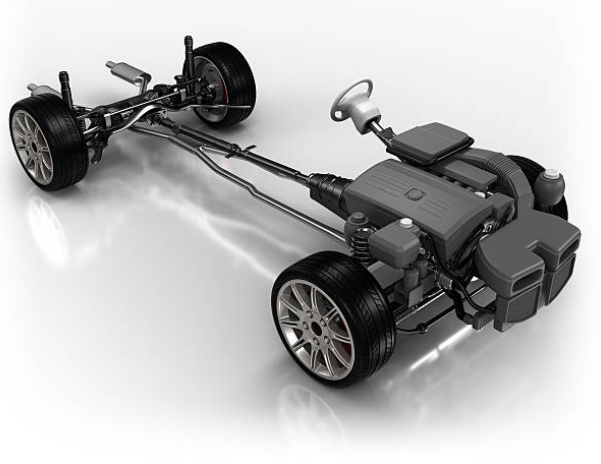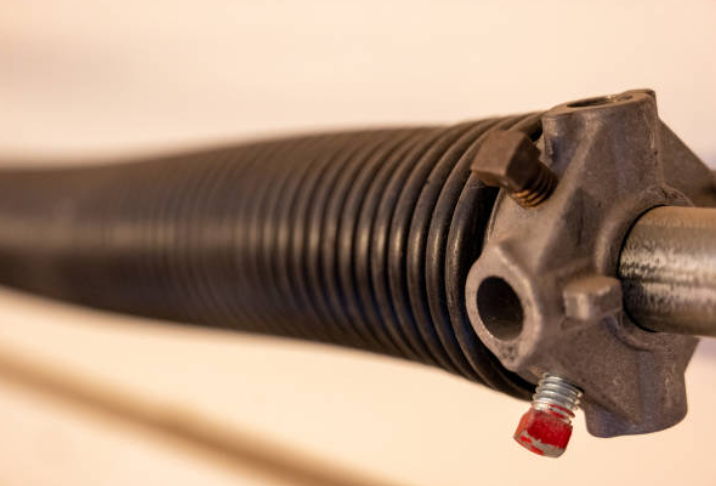What You Need to Know About Windshield Repair
Windshield repair is an important process for ensuring optimal safety and visibility on the road; unfortunately, finding reliable windshield repair services can be a challenge. As a result, knowing exactly what to look for when selecting a professional windshield repair company is essential. In this blog post, we’ll discuss the different factors that make sure you choose the right service provider – such as experience level, cost comparison and other details – so you can feel confident in securing quality workmanship on your vehicle's most important part of safety equipment - its windshield!
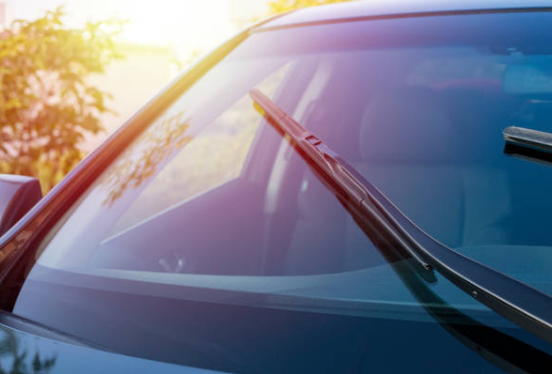
Understanding the Basics of Windshield Repair
A windshield's minor defects, such as chips and tiny fractures, can be fixed using a specialized method called windshield repair. The repair involves injecting a specially formulated resin into the damaged area, which bonds with the glass and restores its structural integrity. Technicians begin by cleaning the damaged spot, followed by removing air and moisture to ensure proper resin adhesion. Once the resin is applied, it cures and hardens, and any excess material is carefully removed. The repaired area is then polished to achieve transparency and smoothness. Windshield repair is a quick and affordable fix that can frequently be finished in about an hour, and it may be covered by insurance coverage, lowering out-of-pocket costs. However, it's important to use expert services because not all damage can be effectively fixed and ineffective DIY attempts might make things worse. Regular windshield inspection and prompt repair can ensure the safety and longevity of the vehicle while maintaining clear visibility on the road.
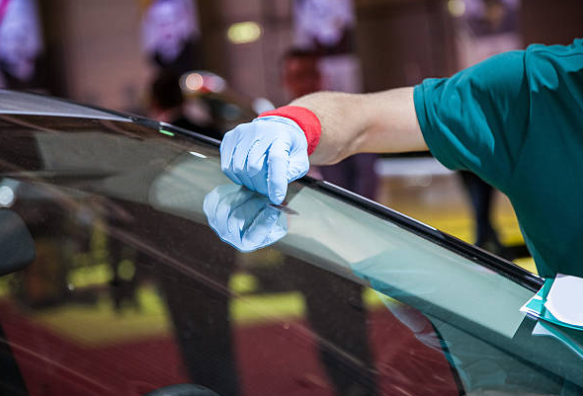
Windshields can sustain damage from various sources while driving on the road. Common causes include road debris like rocks and gravel that can chip or crack the glass, flying objects such as branches or hail during severe weather, and temperature changes that can expand existing damage. Improper installation, vehicle frame stress, vibrations, accidents, and collisions can also contribute to windshield damage. Additionally, worn wiper blades or manufacturing defects in windshields can lead to scratches or pits. Modifying the vehicle's structure can create stress points on the windshield as well. Being aware of these common causes can help drivers take preventative measures, such as maintaining a safe distance from construction vehicles and regularly inspecting and maintaining their windshield, to minimize the risk of damage and ensure clear visibility while on the road.
Gather the necessary materials: A windshield repair kit is required; these kits frequently contain a bridge assembly, resin, curing film, razor blades, and cleaning tools.
Prepare the damaged area: To get rid of any dirt, debris, or moisture, use a glass cleaner to clean the damaged area. To level the chip or crack's surface, use a razor blade.
Position the bridge assembly: Place the bridge assembly over the damaged area, ensuring the applicator tip is centered and positioned to create a vacuum seal.
Create a vacuum seal: Apply downward pressure on the bridge assembly to create a vacuum seal between the applicator tip and the windshield.
Inject the resin: Use the provided syringe or injector to inject the resin into the damaged area. Follow the instructions provided with the windshield repair kit, as the specific technique may vary depending on the kit you're using.
Fill the damaged area: Allow the resin to flow into the chip or crack, filling it completely. Use the provided tools, such as a probe or pit filler, to remove any air bubbles and ensure proper resin distribution.
Cure the resin: Place a curing film or strip over the repaired area to prevent contamination and aid in the curing process. Follow the recommended curing time specified by the resin manufacturer.
Remove excess resin: After the resin has cured, remove the curing film and scrape off any excess resin using a razor blade. Be careful not to damage the surrounding glass.
Polish the repaired area: Use a glass cleaner and a soft cloth to clean and polish the repaired area, restoring transparency and smoothness.
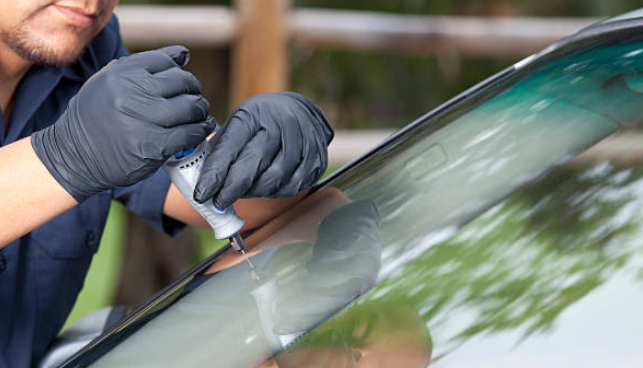
Regularly inspecting your windshield for damage is crucial to ensure your safety on the road. Start by finding a well-lit area and thoroughly cleaning the windshield. Check the outer and inner surfaces for any chips, cracks, or areas of impact. Pay attention to the edges and look for signs of separation. Measure the size of any damage and take note of specific types, such as star breaks or bulls-eyes. Additionally, examine the wiper blades for wear or damage. Document any damage you find and schedule an appointment with a professional for repairs or replacement. By proactively inspecting and addressing windshield damage, you can maintain optimal visibility and ensure the integrity of your vehicle.
-
Will a repaired windshield be as strong as before?
A properly repaired windshield should restore the structural integrity and strength of the glass. The resin used in the repair process bonds with the glass, reinforcing it and preventing the damage from spreading. However, it's important to note that while a repair restores strength, it may not restore the windshield to its original strength before the damage occurred.
-
Can I perform a DIY windshield repair?
Despite the availability of DIY windshield repair kits, it is often advised to have windshield repairs performed by qualified specialists. They possess the knowledge, experience, and specialist equipment to guarantee a superior repair that complies with safety regulations. DIY projects might not be successful and can even make the damage worse.
Read more review here: Top 10 Jeep Wrangler Grille Inserts






